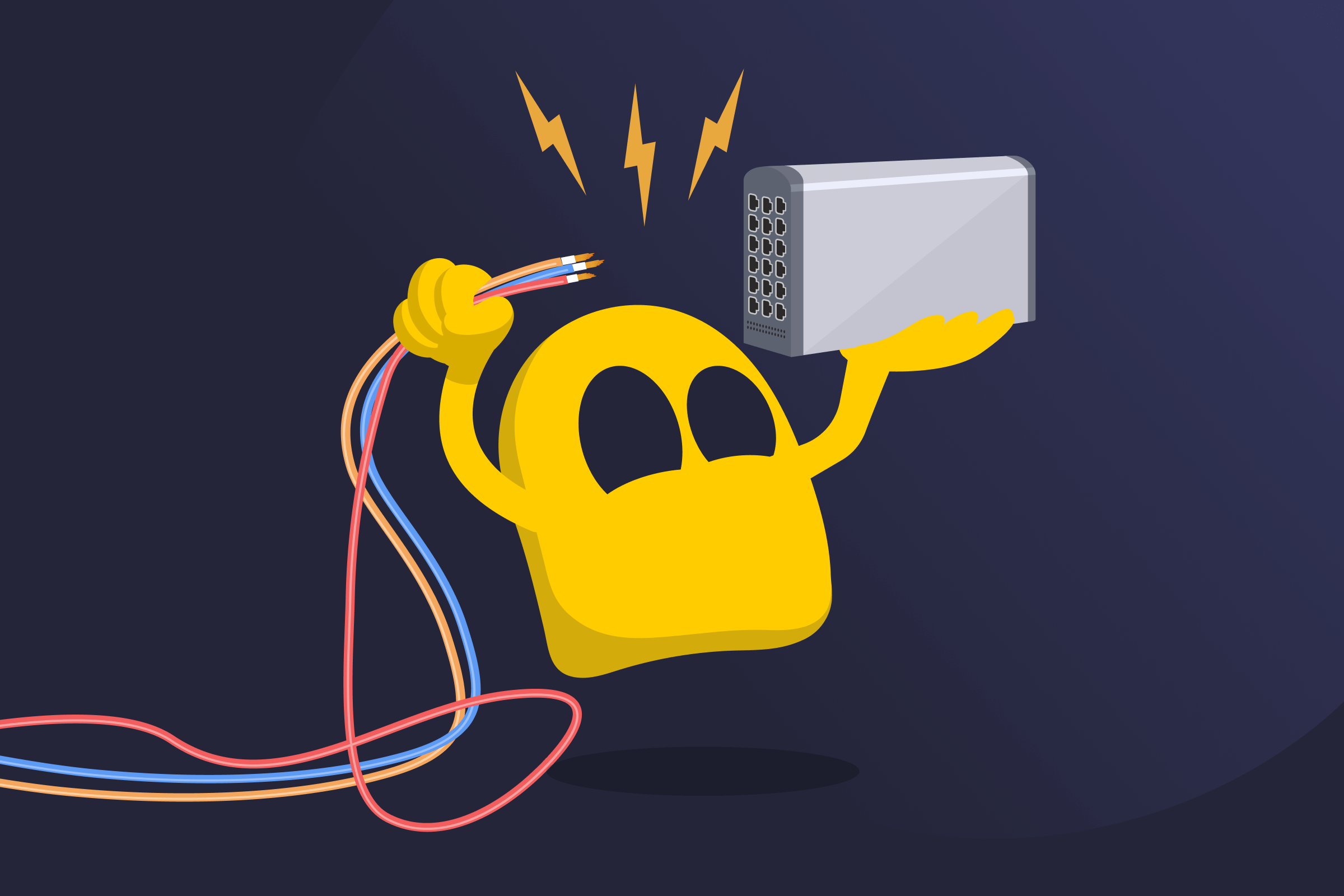DSLAM

DSLAM (Digital Subscriber Line Access Multiplexer) Definition
A DSLAM is a networking device that connects multiple home or business DSL lines to an internet provider's network. DSL (Digital Subscriber Line) technology transmits a digital signal through standard copper telephone wires, making it a cost-effective way to deliver broadband without installing new cables. The DSLAM serves as the gateway that combines all those individual lines and links them to the wider internet.
How a DSLAM Works
A DSLAM sits at the internet provider’s facility, usually a telephone exchange or roadside cabinet. It acts as the central hub for many customers’ DSL connections. When a customer’s modem sends data, the DSLAM receives it and converts it into a digital signal that travels across the ISP’s high-speed backbone network, such as fiber or Ethernet.
Inside the DSLAM, each connection is split into upstream (data from the user) and downstream (data to the user). The device then combines all the individual signals into a single, high-capacity stream through a process called multiplexing. When the data returns from the internet, the DSLAM works in the opposite direction, separating the signals again and sending each one back to the right subscriber line.
Benefits of DSLAM
- Extends broadband reach: DSLAM delivers fast internet over regular copper telephone lines, even in areas without fiber infrastructure.
- Combines multiple connections: A single DSLAM can manage hundreds or thousands of DSL lines at the same time.
- Improves connection stability: DSLAMs monitor line quality and automatically adjust speeds or signal profiles for better performance and reliability.
- Simplifies maintenance and upgrades: Providers can remotely manage DSLAMs, perform diagnostics, and upgrade firmware.
- Enables service flexibility: Internet providers can use DSLAMs to prioritize certain types of traffic and offer tiered service plans.
Properties of DSLAM
- Multiplexing hub: Merges a large number of DSL connections and can separate voice and data signals from each customer.
- Data switching: Directs data packets between subscribers and the ISP’s backbone network.
- Integrated modems: Link each subscriber line to its own port to maintain signal quality and speed.
- Flexible uplinks: Connects to the ISP’s core using high-speed fiber or Ethernet uplinks, typically Gigabit or 10-Gigabit Ethernet.
Read More
FAQ
A DSLAM (Digital Subscriber Line Access Multiplexer) is equipment used by internet service providers to deliver broadband service over telephone lines. It connects many customers’ DSL modems to the provider’s high-speed backbone network. In simple terms, it gathers multiple home connections and links them to the internet.
The primary function of a DSLAM is to combine and manage many DSL connections at once. It separates voice and data signals on each copper line, adjusts the connection speed for signal quality, and forwards traffic to the ISP’s network. This allows users to browse, stream, and download data over a single telephone line without interrupting regular phone service.
A copper DSLAM uses traditional copper telephone lines instead of fiber-optic cables to deliver broadband. That means it sends digital data through electrical signals on copper wiring. These DSLAMs are common in older or mixed networks where fiber isn’t available, allowing internet access through landline phones.

 45-Day Money-Back Guarantee
45-Day Money-Back Guarantee